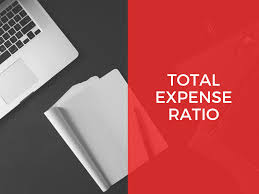In our earlier article on investor awareness, we highlighted various advantages of investing in mutual funds like diversification, professional fund management and liquidity. However, there are certain myths associated with investing in mutual funds. In this article, we would like to clarify five of the most common myths associated with investing in mutual funds.

Myth 1: You need a large sum to invest in mutual funds.
This is an erroneous perception. You need not have a lot of money to start investing in funds. You can start with a sum as low as Rs 500 when investing in equity linked saving schemes (ELSS) or Rs 1,000 every month when investing in a mutual fund through systematic investment plans (SIPs).
Myth 2: Buying a top-rated MF scheme ensures better returns.
Mutual fund ratings are dynamic and based on performance of the fund over time. So, a fund that is rated highly today, may not necessarily maintain its rating a year later. While a highly rated fund is a good first step to short list a scheme to invest in, it does not guarantee better returns eternally. Investments in mutual funds need to be tracked with respect to its benchmark to evaluate its performance to stay invested or exit.
Myth 3: Investing in mutual funds is the same as investing in stock market.
Not all mutual funds invest only in stocks. In fact, even the most diversified equity funds have a mix of equity and debt. Also, the sheer variety of mutual funds means that there is a fund for every type of investor, spanning a risk spectrum of low to high and spreading investments that are significantly high in equities to those which have no exposure to equities.
Myth 4: A fund with lower NAV is better.
This is a popular misconception. A mutual fund’s NAV represents the market value of all its investments. Any capital appreciation will depend on the price movement of its underlying securities. Say, you invest Rs 10,000 each in fund A (whose NAV is Rs 20) and fund, B (whose NAV is Rs 100). You will get 500 units of fund A and 100 units of fund B. Let’s assume both schemes have invested their entire corpus in exactly same stocks in same proportions. If these stocks collectively appreciate by 10%, the NAV of the two schemes should also rise by 10%, to Rs 22 and Rs 110, respectively. In both cases, the value of your investment increases to Rs 11,000.
Myth 5: You need a demat account to invest in mutual funds.
You do not need a demat account when investing in mutual funds. You may just fill up an application form, attach a cheque of the desired amount and submit the form at the mutual fund office or to your financial adviser.Now that you have more clarity on investing in mutual funds, we are sure you will make prudent investment decisions while panning your financial portfolio.





Be First to Comment